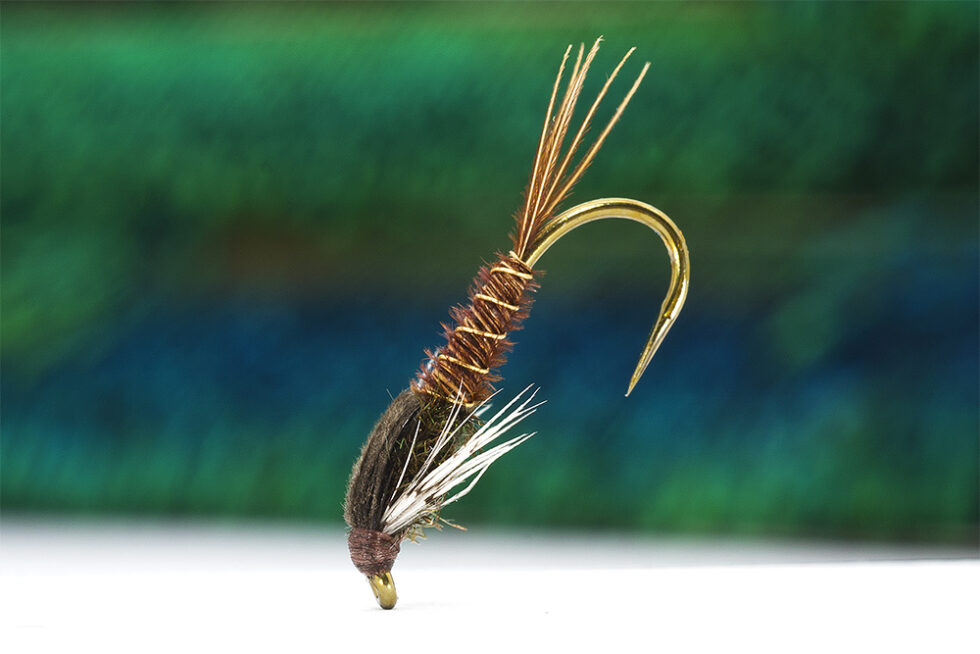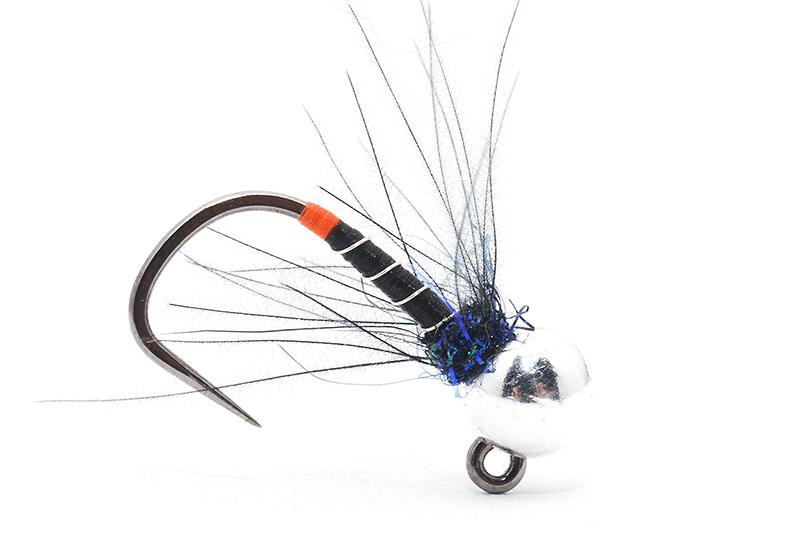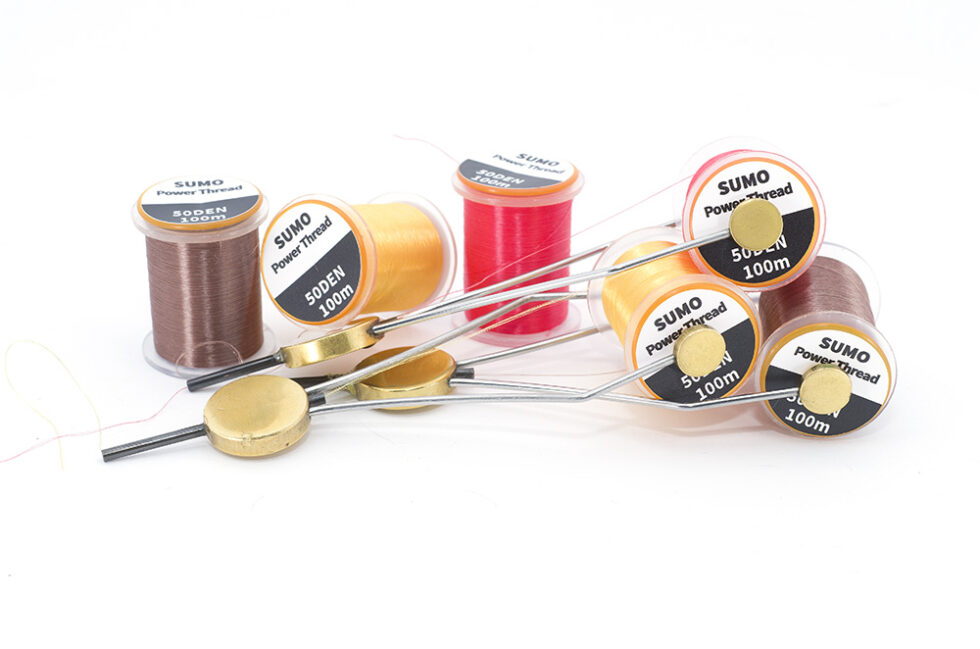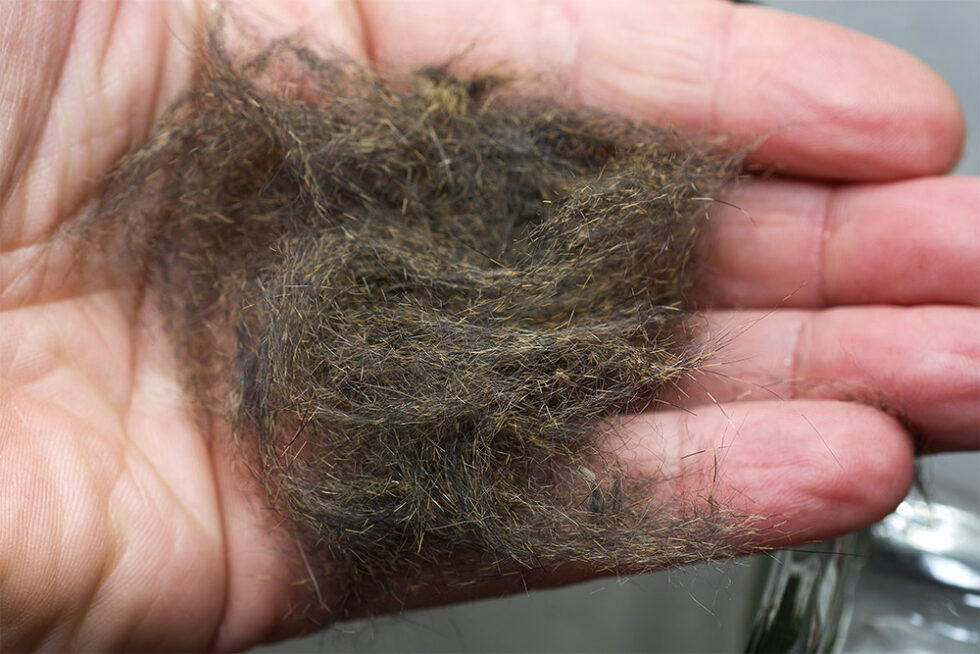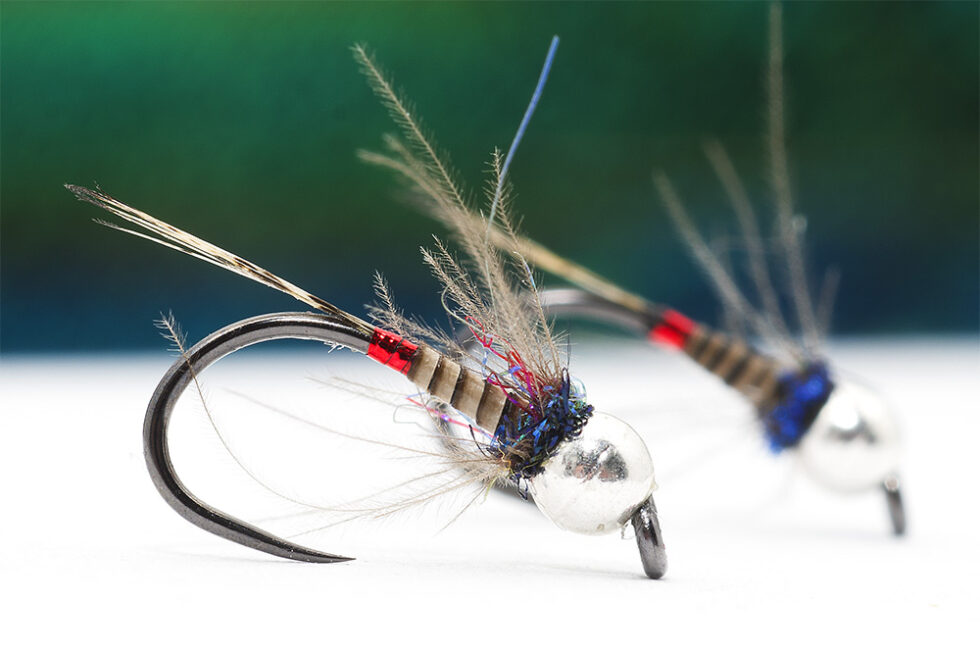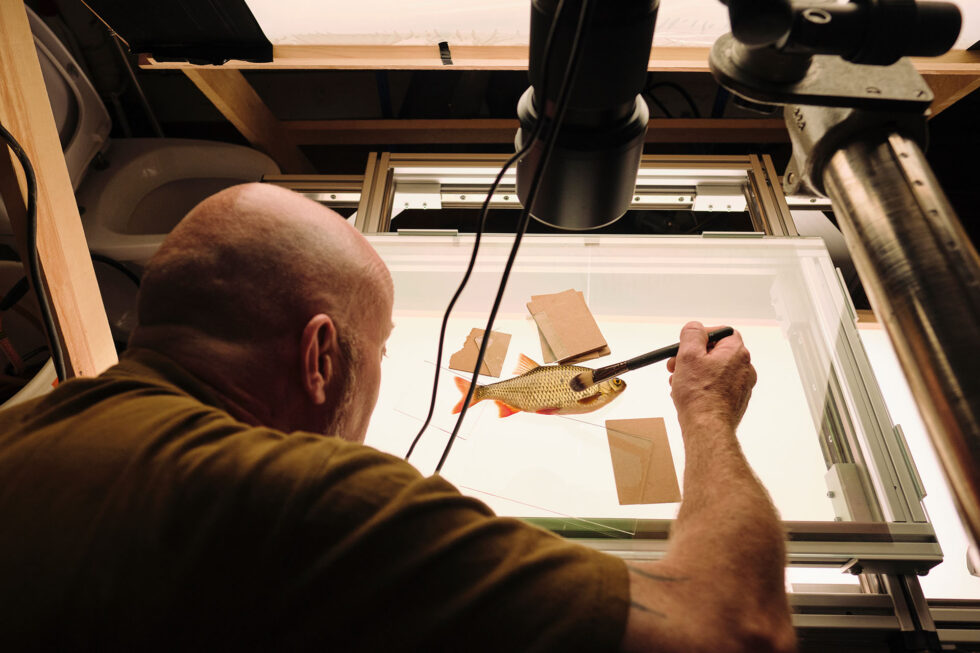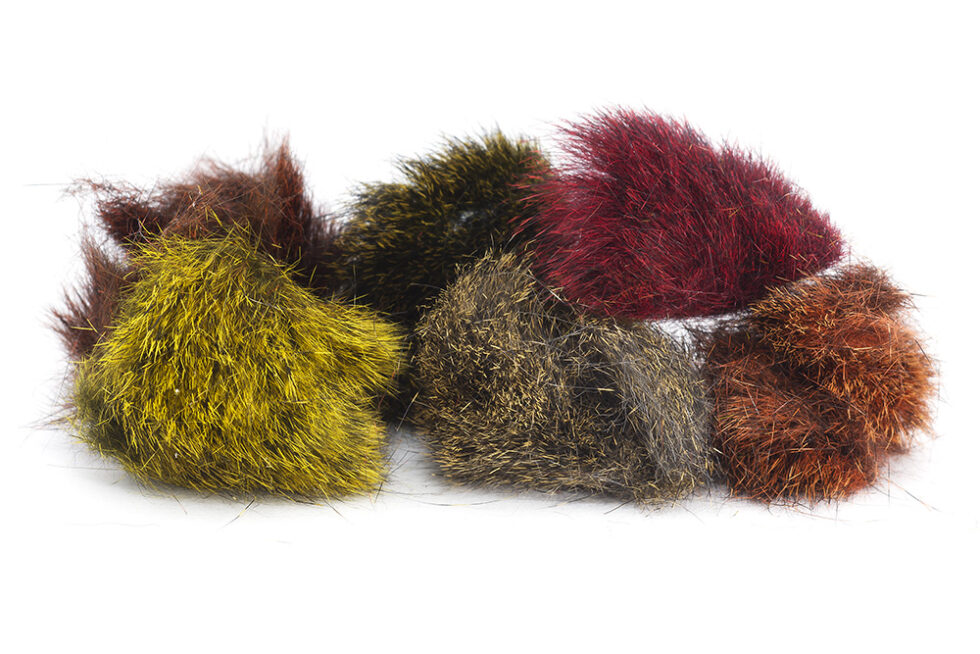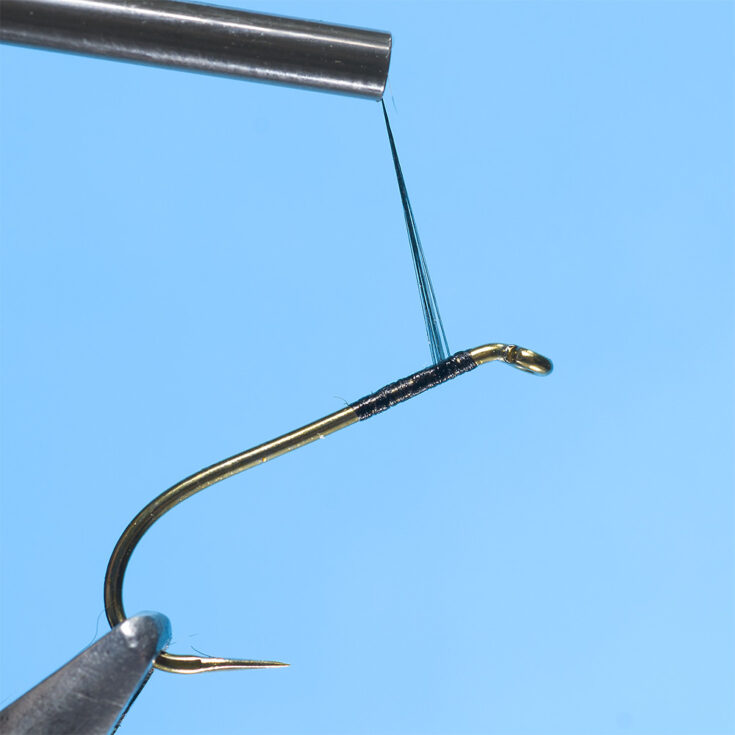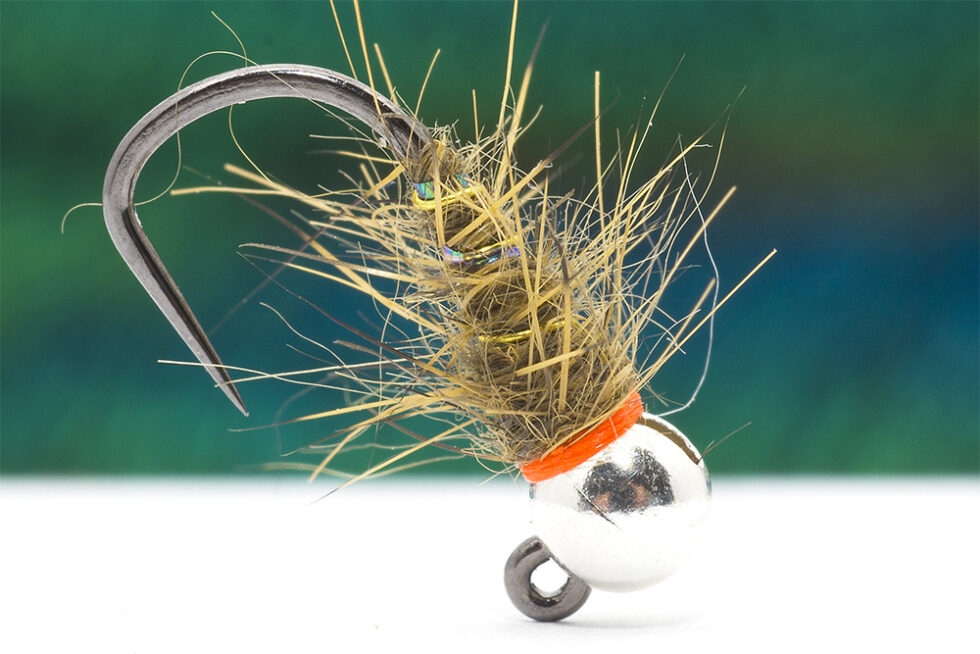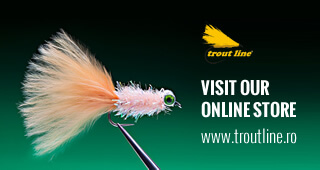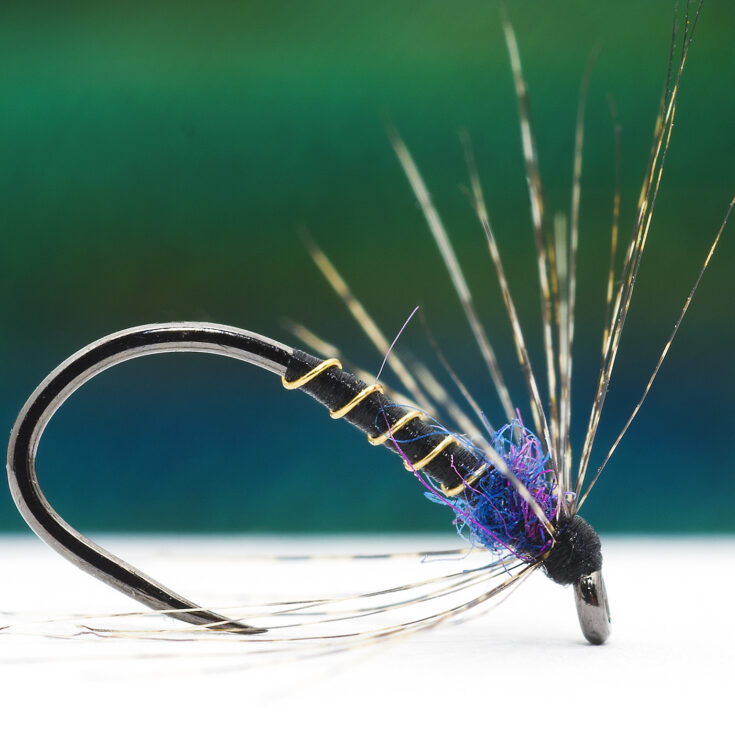
Is not a soft hackle fly. This model is dedicated for large and strong waters with fast currents where the soft hackle does not work. I noticed that in big and strong waters, the flies tied with the soft hackle feathers don't really work, only if you cast upstream. But in this case fishing is difficult, ...

